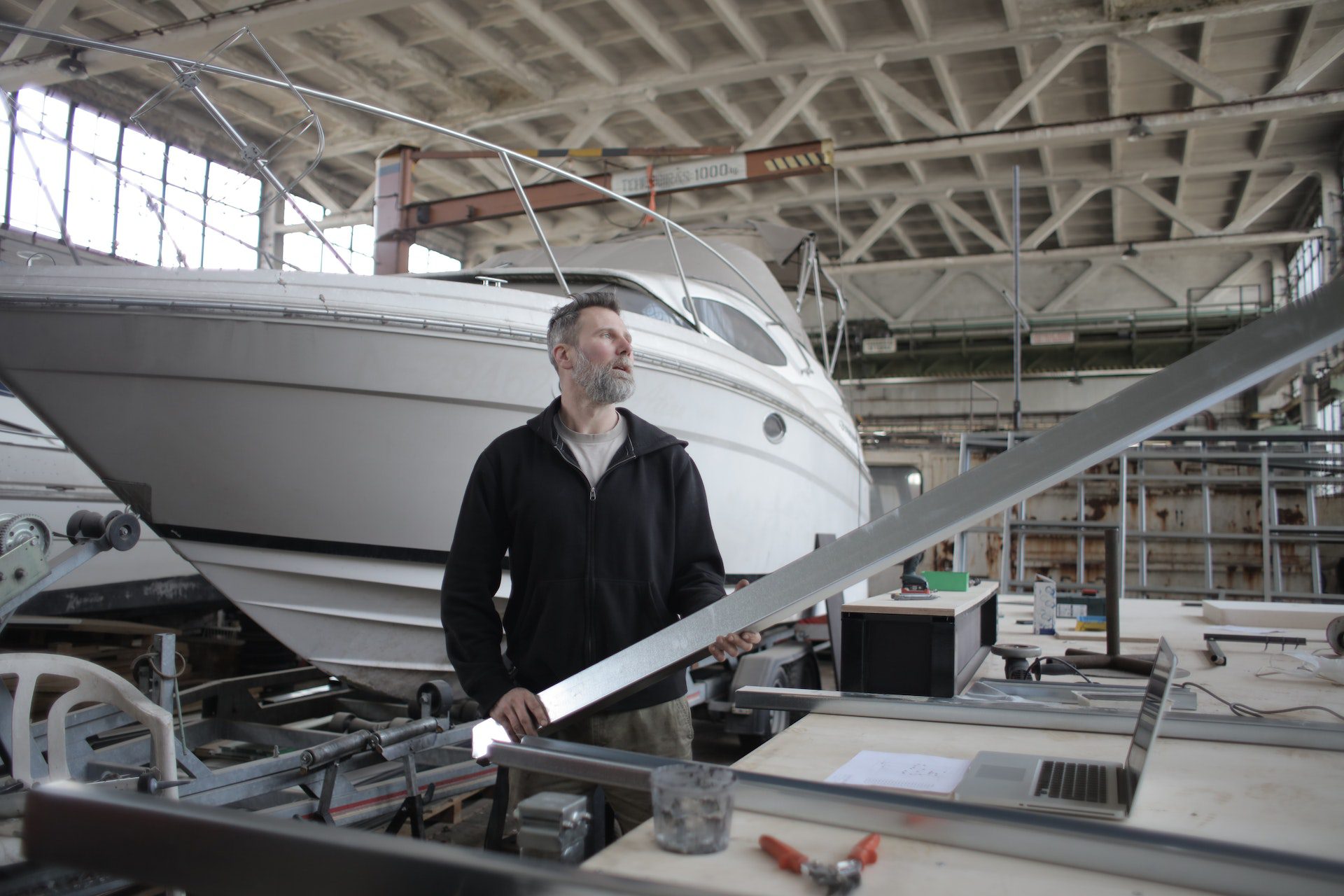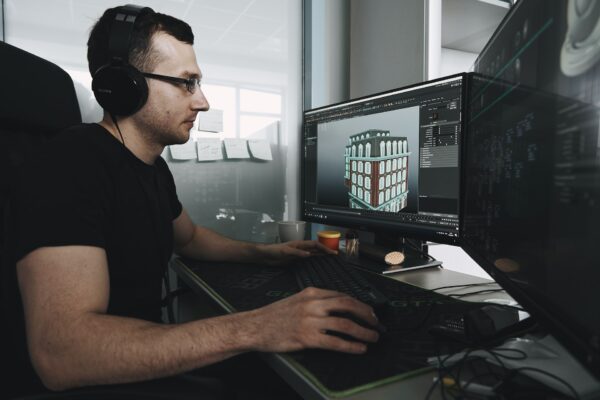Metal 3D printing, an offshoot of traditional 3D printing, is rapidly establishing its place in the world of manufacturing. From the production of lightweight aircraft parts to intricate medical devices, metal 3D printing is reshaping industries. This article provides an overview of metal 3D printing, its working principle, its key characteristics, and commonly used materials.
What is Metal 3D Printing and How Does It Work?
3D printing, or additive manufacturing, is the process of constructing a three-dimensional object from a digital model, layer by layer. Metal 3D printing, as the name suggests, deals specifically with creating 3D objects using metal powders as the raw material.
The process generally involves using a digital design to guide a powerful laser or electron beam, which selectively melts or fuses metal powder particles layer-by-layer to build the desired object. As each layer solidifies, the next layer of metal powder is spread and the process continues until the object is complete.
How Does Metal 3D Printing Work?
The working principle of metal 3D printing is based on directing energy, in the form of a focused laser or electron beam, onto a bed of metal powder. This energy melts or fuses the powder in precise areas as determined by the digital model:
- Pre-processing: The process begins with a CAD (Computer-Aided Design) model, which is sliced into thin horizontal sections using specialized software.
- Printing: The printer spreads a thin layer of metal powder over the build plate. A laser or electron beam then traces the first slice of the CAD model on this powder layer, melting or fusing the metal particles together.
- Layering: After one layer is complete, the build plate moves down, and a new layer of metal powder is spread on top. The laser or beam traces the next slice of the design. This is repeated until the part is fully printed.
- Post-processing: Once the printing is complete, the object might require removal of support structures, surface finishing, or heat treatments to relieve stresses and improve mechanical properties.
Characteristics of Metal 3D Printing: SLM & DMLS
Metal 3D printing is known for several distinctive characteristics, primarily stemming from the two most common techniques: Selective Laser Melting (SLM) and Direct Metal Laser Sintering (DMLS).
- Selective Laser Melting (SLM):
- Full Melting: SLM fully melts the metal powder, resulting in a part that’s nearly 100% dense.
- Material Versatility: SLM can process a variety of metals, including aluminum, titanium, and stainless steel.
- Application: SLM is ideal for producing parts that require high mechanical strength.
- Direct Metal Laser Sintering (DMLS):
- Partial Melting: DMLS heats the metal powder just enough to fuse the particles at their borders, without fully melting them.
- Fine Detailing: DMLS is perfect for components with intricate geometries and internal features.
- Broad Material Range: From precious metals to alloys, DMLS can handle various materials.
While both methods produce high-quality parts, the choice between them often depends on the specific requirements of a project, such as strength, detail, or material choice.

Common Materials for 3D Metal Printing
Different metals and alloys can be utilized in metal 3D printing. Some of the most common ones include:
- Titanium (Ti6Al4V): Known for its excellent strength-to-weight ratio, it’s commonly used in aerospace and medical applications.
- Stainless Steel (316L, 304L): This corrosion-resistant material is ideal for general manufacturing and tooling.
- Aluminum (AlSi10Mg): Lightweight and strong, aluminum is often used in aerospace and automotive applications.
- Nickel-based Alloys (Inconel 718, 625): These alloys are known for their high-temperature resistance and are commonly used in the aerospace and energy sectors.
- Cobalt Chrome (CoCr): With high wear resistance and biocompatibility, it’s frequently chosen for dental and medical implants.
Post-processing Methods for Metal 3D Printing
Once a metal 3D printed part is created, it usually undergoes several post-processing steps to achieve the desired finish, mechanical properties, or dimensional accuracy.
- Support Removal: Metal 3D printed parts often include support structures that prevent warping or distortion during the printing process. These supports need to be manually removed, usually with cutting tools or CNC machines.
- Heat Treatment: Parts may undergo heat treatment to relieve internal stresses, enhance mechanical properties, or achieve desired microstructures. Common treatments include annealing, quenching, and tempering.
- Surface Finishing: The raw surface of metal 3D printed parts can be rough or porous. Techniques such as sandblasting, polishing, or tumbling can be employed to achieve smoother surfaces.
- Machining: For parts that require precise dimensions or features not achievable directly from the printer, CNC machining is often utilized.
- Quality Inspection: Advanced inspection methods like CT scanning or coordinate measuring machines (CMM) ensure the part meets specifications and quality standards.
Benefits & Limitations of Metal 3D Printing
Benefits:
- Complex Geometries: One of the standout benefits is the ability to manufacture parts with intricate designs, internal structures, or undercuts which might be impossible using traditional methods.
- Rapid Prototyping: Quickly produce prototypes to test fit, form, and function without the need for molds or tooling.
- Customization: Easily produce bespoke parts tailored for specific applications or customers, ideal for medical implants or jewelry.
- Material Efficiency: With additive manufacturing, material is added layer by layer, which reduces waste compared to subtractive methods.
- Supply Chain Streamlining: Print parts on-demand, reducing the need for inventory or storage.
Limitations:
- Surface Roughness: Directly printed parts often have a rougher surface compared to traditionally manufactured ones.
- Size Constraints: The size of the part that can be printed is limited by the printing machine’s build volume.
- Post-processing Requirement: As mentioned, parts often require additional steps after printing to achieve desired characteristics.
- Cost: While prices are dropping, high-quality metal 3D printers are still a significant investment.
- Material Limitations: Not all metal alloys can be 3D printed, limiting choices in certain applications.
Frequently Asked Questions
- How expensive is metal 3D printing?
The cost varies depending on factors like material, machine, design complexity, and post-processing needs. However, as technology advances, costs are gradually decreasing. - Is metal 3D printing as strong as traditional manufacturing?
With proper post-processing, metal 3D printed parts can achieve mechanical properties comparable to traditionally manufactured ones. However, orientation and design can influence strength. - How long does metal 3D printing take?
This depends on the size, complexity, and layer height of the part. Smaller parts might take hours, while larger parts could take days. - Can I 3D print metals at home?
While there are some desktop metal 3D printers available, they are often limited in capabilities compared to industrial machines. Safety is also a concern when dealing with metal powders and high temperatures. - What industries benefit the most from metal 3D printing?
Aerospace, automotive, medical, dental, and jewelry sectors are among the leading beneficiaries. However, its potential applications span across numerous industries.
